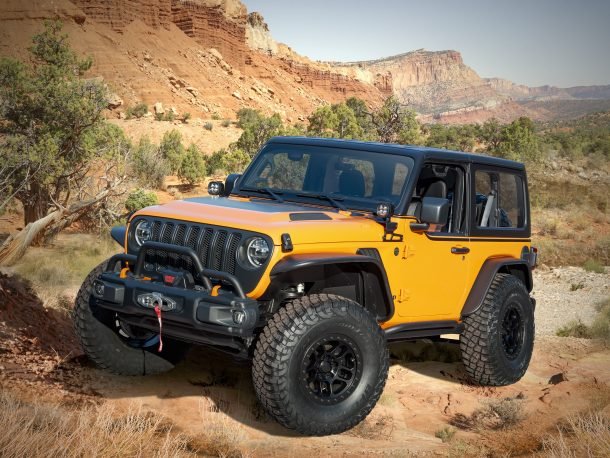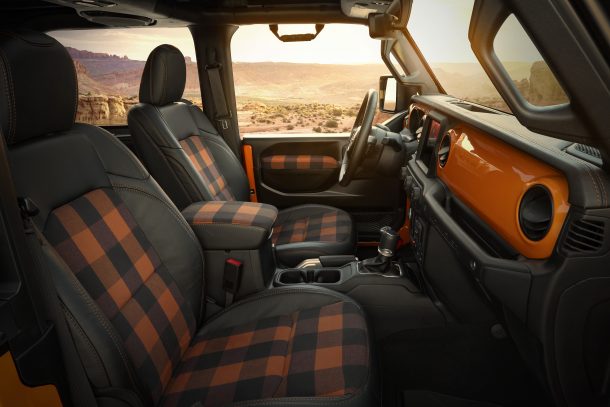<img data-attachment-id=”1762926″ data-permalink=”https://www.thetruthaboutcars.com/2021/05/qotd-should-north-america-have-the-genesis-g70-shooting-brake/attachment/584593/” data-orig-file=”https://www.thetruthaboutcars.com/wp-content/uploads/2021/05/584593.jpg” data-orig-size=”3000,2000″ data-comments-opened=”1″ data-image-meta=”{“aperture”:”5.6″,”credit”:””,”camera”:”Canon EOS 5DS”,”caption”:””,”created_timestamp”:”1618500658″,”copyright”:””,”focal_length”:”100″,”iso”:”320″,”shutter_speed”:”0.3″,”title”:””,”orientation”:”0″}” data-image-title=”G70 Shooting Brake” data-image-description=”
Genesis
” data-medium-file=”http://gagetruck.com/wp-content/uploads/2021/05/qotd-should-north-america-have-the-genesis-g70-shooting-brake-6.jpg” data-large-file=”http://gagetruck.com/wp-content/uploads/2021/05/qotd-should-north-america-have-the-genesis-g70-shooting-brake.jpg” class=”aligncenter size-large wp-image-1762926″ src=”http://gagetruck.com/wp-content/uploads/2021/05/qotd-should-north-america-have-the-genesis-g70-shooting-brake.jpg” alt width=”610″ height=”407″ srcset=”http://gagetruck.com/wp-content/uploads/2021/05/qotd-should-north-america-have-the-genesis-g70-shooting-brake.jpg 610w, http://gagetruck.com/wp-content/uploads/2021/05/qotd-should-north-america-have-the-genesis-g70-shooting-brake-5.jpg 75w, http://gagetruck.com/wp-content/uploads/2021/05/qotd-should-north-america-have-the-genesis-g70-shooting-brake-6.jpg 450w, http://gagetruck.com/wp-content/uploads/2021/05/qotd-should-north-america-have-the-genesis-g70-shooting-brake-7.jpg 768w, http://gagetruck.com/wp-content/uploads/2021/05/qotd-should-north-america-have-the-genesis-g70-shooting-brake-8.jpg 120w” sizes=”(max-width: 610px) 100vw, 610px”>
Genesis teased the rather handsome G70 Shooting Brake (wagon) this morning, highlighting the brand’s ability to design sophisticated automobiles that don’t need to compete directly with the cost of your home. Unfortunately, just about every automaker on the planet has decided that wagons have no business in America. This includes Genesis. The manufacturer made it clear that the liftback G70 was designed specifically for Europeans.
While the body style used to be the king of the road, it was supplanted by the minivan in the late 1980s. By 1996, the last American full-size wagons (Buick Roadmaster and Chevrolet Caprice Classic) were discontinued. The region had lost its taste for them and the industry has been operating under the assumption that the feeling has gone unchanged for thirty years. Aren’t we due for a resurgence?
<img data-attachment-id=”1762932″ data-permalink=”https://www.thetruthaboutcars.com/2021/05/qotd-should-north-america-have-the-genesis-g70-shooting-brake/attachment/584595/” data-orig-file=”https://www.thetruthaboutcars.com/wp-content/uploads/2021/05/584595-e1620831798439.jpg” data-orig-size=”2625,1732″ data-comments-opened=”1″ data-image-meta=”{“aperture”:”6.3″,”credit”:””,”camera”:”Canon EOS 5DS”,”caption”:””,”created_timestamp”:”1618498059″,”copyright”:””,”focal_length”:”70″,”iso”:”400″,”shutter_speed”:”0.076923076923077″,”title”:””,”orientation”:”0″}” data-image-title=”G70 Shooting Brake” data-image-description=”
Genesis
” data-medium-file=”http://gagetruck.com/wp-content/uploads/2021/05/qotd-should-north-america-have-the-genesis-g70-shooting-brake-10.jpg” data-large-file=”http://gagetruck.com/wp-content/uploads/2021/05/qotd-should-north-america-have-the-genesis-g70-shooting-brake-1.jpg” class=”aligncenter size-large wp-image-1762932″ src=”http://gagetruck.com/wp-content/uploads/2021/05/qotd-should-north-america-have-the-genesis-g70-shooting-brake-1.jpg” alt width=”610″ height=”402″ srcset=”http://gagetruck.com/wp-content/uploads/2021/05/qotd-should-north-america-have-the-genesis-g70-shooting-brake-1.jpg 610w, http://gagetruck.com/wp-content/uploads/2021/05/qotd-should-north-america-have-the-genesis-g70-shooting-brake-9.jpg 75w, http://gagetruck.com/wp-content/uploads/2021/05/qotd-should-north-america-have-the-genesis-g70-shooting-brake-10.jpg 450w, http://gagetruck.com/wp-content/uploads/2021/05/qotd-should-north-america-have-the-genesis-g70-shooting-brake-11.jpg 768w, http://gagetruck.com/wp-content/uploads/2021/05/qotd-should-north-america-have-the-genesis-g70-shooting-brake-12.jpg 120w” sizes=”(max-width: 610px) 100vw, 610px”>
While we had a surge of cool dads purchasing imported wagons in the early 2000s, almost every one of them upgraded to an SUV as their kids got larger. North America’s long, straight, and sometimes shabby roads also give wagons less of a competitive advantage on road trips. Many decided to prioritize interior volume and longer suspension travel, leaving wagons to become niche items catering specifically to driving enthusiasts wanting more space. That leaves the entire segment to a small number of Europhiles, automotive writers, those with eclectic tastes, and younger couples with some extra cash.
But that seems to be exactly who Genesis is targeting with the G70 Shooting Brake. Sadly, the brand floating us a couple of dozen just to see how it plays on the market isn’t cost-effective unless it’s a colossal success — and there’s very little evidence that it would be. Meanwhile, crossovers have filled just about every conceivable space more traditional wagons could have occupied. Whatever sliver of the market that has been left to their more sporting alternatives would likely be all the G70 could hope to snag.
<img data-attachment-id=”1762930″ data-permalink=”https://www.thetruthaboutcars.com/2021/05/qotd-should-north-america-have-the-genesis-g70-shooting-brake/attachment/584594/” data-orig-file=”https://www.thetruthaboutcars.com/wp-content/uploads/2021/05/584594.jpg” data-orig-size=”3000,2000″ data-comments-opened=”1″ data-image-meta=”{“aperture”:”11″,”credit”:””,”camera”:”Canon EOS 5DS”,”caption”:””,”created_timestamp”:”1618484208″,”copyright”:””,”focal_length”:”100″,”iso”:”400″,”shutter_speed”:”0.3″,”title”:””,”orientation”:”0″}” data-image-title=”G70 Shooting Brake” data-image-description=”
Genesis
” data-medium-file=”http://gagetruck.com/wp-content/uploads/2021/05/qotd-should-north-america-have-the-genesis-g70-shooting-brake-14.jpg” data-large-file=”http://gagetruck.com/wp-content/uploads/2021/05/qotd-should-north-america-have-the-genesis-g70-shooting-brake-2.jpg” class=”aligncenter size-large wp-image-1762930″ src=”http://gagetruck.com/wp-content/uploads/2021/05/qotd-should-north-america-have-the-genesis-g70-shooting-brake-2.jpg” alt width=”610″ height=”407″ srcset=”http://gagetruck.com/wp-content/uploads/2021/05/qotd-should-north-america-have-the-genesis-g70-shooting-brake-2.jpg 610w, http://gagetruck.com/wp-content/uploads/2021/05/qotd-should-north-america-have-the-genesis-g70-shooting-brake-13.jpg 75w, http://gagetruck.com/wp-content/uploads/2021/05/qotd-should-north-america-have-the-genesis-g70-shooting-brake-14.jpg 450w, http://gagetruck.com/wp-content/uploads/2021/05/qotd-should-north-america-have-the-genesis-g70-shooting-brake-15.jpg 768w, http://gagetruck.com/wp-content/uploads/2021/05/qotd-should-north-america-have-the-genesis-g70-shooting-brake-16.jpg 120w” sizes=”(max-width: 610px) 100vw, 610px”>
From Genesis:
The G70 Shooting Brake will be an important model for Genesis. As a premium car, it will offer customers greater practicality, especially in Europe, and it will further expand the Genesis lineup to meet various customers’ needs.
The G70 Shooting Brake is the same size as the new G70, measuring in at 4,685 mm long, 1,850 mm wide and 1,400 mm tall, with a 2,835 mm wheelbase. Meanwhile, the luggage space is 40 percent larger than the G70 sedan and its rear seats can be split-folded in versatile 4:2:4 format.
Inheriting its design from the new G70 sedan, the G70 Shooting Brake’s signature Crest Grille is set lower than the Quad Lamps, which spread outward evokes a sprinter’s pre-race posture and highlight the model’s athletic design.
When viewed from the side, the combination of the single-piece glass hatch that extend to the rear and the “floating type” integral spoiler creates a unique impression to the exterior that communicates the G70 Shooting Brake’s athletic intent.
<img data-attachment-id=”1762936″ data-permalink=”https://www.thetruthaboutcars.com/2021/05/qotd-should-north-america-have-the-genesis-g70-shooting-brake/584598_v2/” data-orig-file=”http://gagetruck.com/wp-content/uploads/2021/05/qotd-should-north-america-have-the-genesis-g70-shooting-brake-21.jpg” data-orig-size=”800,600″ data-comments-opened=”1″ data-image-meta=”{“aperture”:”0″,”credit”:””,”camera”:””,”caption”:””,”created_timestamp”:”0″,”copyright”:””,”focal_length”:”0″,”iso”:”0″,”shutter_speed”:”0″,”title”:””,”orientation”:”0″}” data-image-title=”G70 Shooting Brake” data-image-description=”
Genesis
” data-medium-file=”http://gagetruck.com/wp-content/uploads/2021/05/qotd-should-north-america-have-the-genesis-g70-shooting-brake-18.jpg” data-large-file=”http://gagetruck.com/wp-content/uploads/2021/05/qotd-should-north-america-have-the-genesis-g70-shooting-brake-3.jpg” class=”aligncenter size-large wp-image-1762936″ src=”http://gagetruck.com/wp-content/uploads/2021/05/qotd-should-north-america-have-the-genesis-g70-shooting-brake-3.jpg” alt width=”610″ height=”458″ srcset=”http://gagetruck.com/wp-content/uploads/2021/05/qotd-should-north-america-have-the-genesis-g70-shooting-brake-3.jpg 610w, http://gagetruck.com/wp-content/uploads/2021/05/qotd-should-north-america-have-the-genesis-g70-shooting-brake-17.jpg 75w, http://gagetruck.com/wp-content/uploads/2021/05/qotd-should-north-america-have-the-genesis-g70-shooting-brake-18.jpg 450w, http://gagetruck.com/wp-content/uploads/2021/05/qotd-should-north-america-have-the-genesis-g70-shooting-brake-19.jpg 768w, http://gagetruck.com/wp-content/uploads/2021/05/qotd-should-north-america-have-the-genesis-g70-shooting-brake-20.jpg 120w, http://gagetruck.com/wp-content/uploads/2021/05/qotd-should-north-america-have-the-genesis-g70-shooting-brake-21.jpg 800w” sizes=”(max-width: 610px) 100vw, 610px”>
Everything else seems to be lifted directly from the G70 sedan with an obviously premium bent. Were it to come to our market, that would likely include the 252-horsepower 2.0-liter turbo or the juicer 3.3-liter V6 pushing 365 hp. But Genesis has not issued any information on the Shooting Brake’s powertrain options in Europe.
Maybe it’s not right for our neck of the woods. But some of us are dying for some fresh designs to populate our highways. What say you? Would you like to see the G70 wagon grace our shores or is this one better left to Europe?
<img data-attachment-id=”1762934″ data-permalink=”https://www.thetruthaboutcars.com/2021/05/qotd-should-north-america-have-the-genesis-g70-shooting-brake/attachment/584597/” data-orig-file=”https://www.thetruthaboutcars.com/wp-content/uploads/2021/05/584597.jpg” data-orig-size=”3000,2072″ data-comments-opened=”1″ data-image-meta=”{“aperture”:”4″,”credit”:””,”camera”:”Canon EOS 5DS”,”caption”:””,”created_timestamp”:”1618494858″,”copyright”:””,”focal_length”:”35″,”iso”:”400″,”shutter_speed”:”0.04″,”title”:””,”orientation”:”0″}” data-image-title=”G70 Shooting Brake” data-image-description=”
Genesis
” data-medium-file=”http://gagetruck.com/wp-content/uploads/2021/05/qotd-should-north-america-have-the-genesis-g70-shooting-brake-23.jpg” data-large-file=”http://gagetruck.com/wp-content/uploads/2021/05/qotd-should-north-america-have-the-genesis-g70-shooting-brake-4.jpg” class=”aligncenter size-large wp-image-1762934″ src=”http://gagetruck.com/wp-content/uploads/2021/05/qotd-should-north-america-have-the-genesis-g70-shooting-brake-4.jpg” alt width=”610″ height=”421″ srcset=”http://gagetruck.com/wp-content/uploads/2021/05/qotd-should-north-america-have-the-genesis-g70-shooting-brake-4.jpg 610w, http://gagetruck.com/wp-content/uploads/2021/05/qotd-should-north-america-have-the-genesis-g70-shooting-brake-22.jpg 75w, http://gagetruck.com/wp-content/uploads/2021/05/qotd-should-north-america-have-the-genesis-g70-shooting-brake-23.jpg 450w, http://gagetruck.com/wp-content/uploads/2021/05/qotd-should-north-america-have-the-genesis-g70-shooting-brake-24.jpg 768w, http://gagetruck.com/wp-content/uploads/2021/05/qotd-should-north-america-have-the-genesis-g70-shooting-brake-25.jpg 120w” sizes=”(max-width: 610px) 100vw, 610px”>
[Images: Genesis]
Related
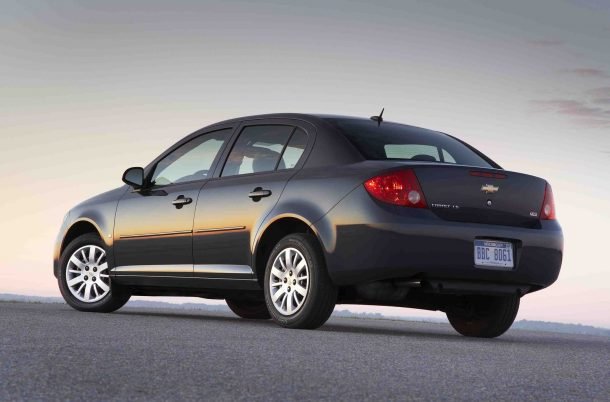 We continue our 1990s-then-2000s series today, following up the last post that featured compact American two-doors from 1998. By the late 2000s, the Escort, Neon, and Cavalier were all dead. In their place were the Focus, Caliber, and Cobalt, and not all of those had a two-door variant. That means we focus on four-doors today. Let’s go.
We continue our 1990s-then-2000s series today, following up the last post that featured compact American two-doors from 1998. By the late 2000s, the Escort, Neon, and Cavalier were all dead. In their place were the Focus, Caliber, and Cobalt, and not all of those had a two-door variant. That means we focus on four-doors today. Let’s go.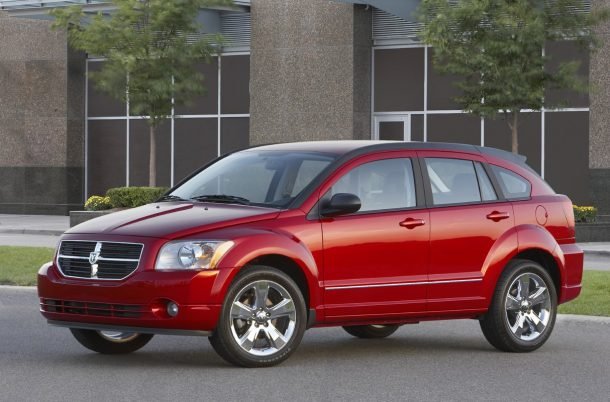 The Caliber is in its second model year this year, as the crossover replacement for the Neon. Front-wheel drive with optional all-wheel drive, the Caliber rides on the Chrysler-Mitsubishi PM platform with things like the Mitsubishi Outlander. The only body style is this four-door with hatch. There are four trims this year, SE, SXT, R/T, and SRT-4. Today’s base SE uses a 1.8-liter inline-four good for 148 horsepower. It’s front-wheel drive, and has a five-speed manual transmission provided by Magna. Yours for $14,965.
The Caliber is in its second model year this year, as the crossover replacement for the Neon. Front-wheel drive with optional all-wheel drive, the Caliber rides on the Chrysler-Mitsubishi PM platform with things like the Mitsubishi Outlander. The only body style is this four-door with hatch. There are four trims this year, SE, SXT, R/T, and SRT-4. Today’s base SE uses a 1.8-liter inline-four good for 148 horsepower. It’s front-wheel drive, and has a five-speed manual transmission provided by Magna. Yours for $14,965.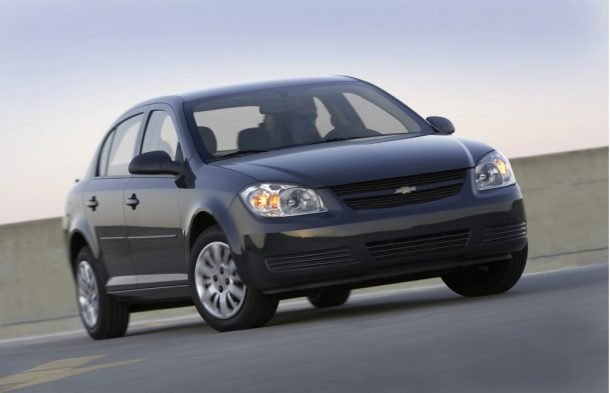 The Cobalt is in its fourth model year after it replaced the ancient Cavalier for 2005. Cobalt uses the Delta platform which also sees use in the Saturn Ion and Chevrolet HHR. Unlike the Caliber, all examples are front-wheel drive. With two- or four-doors, there’s always a traditional trunk on the Cobalt. Four different trim levels are available at dealers this year: LS, LT, Sport, and SS, the latter with turbocharging. Base LS models are powered by a 2.2-liter inline-four that wrestles up 148 horses. The five-speed manual here is a Getrag box carried over from the Cavalier. Cobalt asks $14,410.
The Cobalt is in its fourth model year after it replaced the ancient Cavalier for 2005. Cobalt uses the Delta platform which also sees use in the Saturn Ion and Chevrolet HHR. Unlike the Caliber, all examples are front-wheel drive. With two- or four-doors, there’s always a traditional trunk on the Cobalt. Four different trim levels are available at dealers this year: LS, LT, Sport, and SS, the latter with turbocharging. Base LS models are powered by a 2.2-liter inline-four that wrestles up 148 horses. The five-speed manual here is a Getrag box carried over from the Cavalier. Cobalt asks $14,410.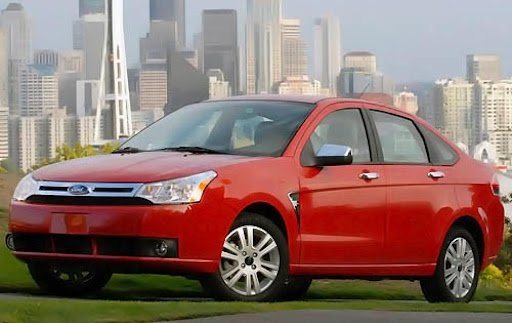 The Focus is in its second generation for 2008, and is a car specific to North America. The first generation global Focus was part of Ford’s world car plan, but that idea was dropped. In 2008 customers choose from a two- or four-door Focus with trunk, as the hatchback option is no more. All Focii are front-drive, and all use the same 2.0-liter Duratec inline-four. Customers choose from four trims: S, SE, SES, and SEL. The cheapest S has the same 140 horses as the other models, and uses a five-speed manual. The Focus is in your drive for $14,395.
The Focus is in its second generation for 2008, and is a car specific to North America. The first generation global Focus was part of Ford’s world car plan, but that idea was dropped. In 2008 customers choose from a two- or four-door Focus with trunk, as the hatchback option is no more. All Focii are front-drive, and all use the same 2.0-liter Duratec inline-four. Customers choose from four trims: S, SE, SES, and SEL. The cheapest S has the same 140 horses as the other models, and uses a five-speed manual. The Focus is in your drive for $14,395.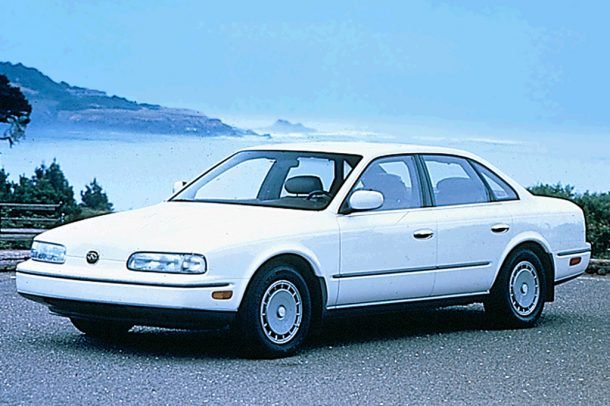
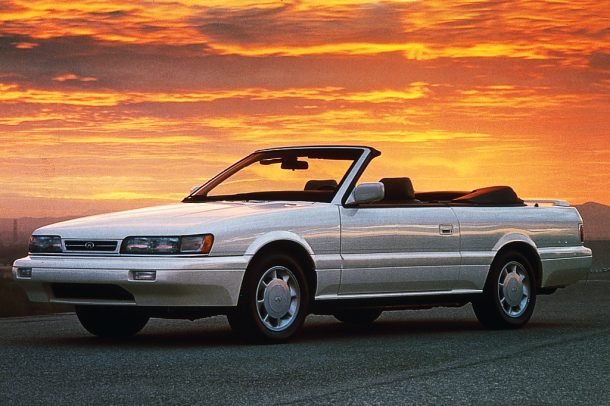

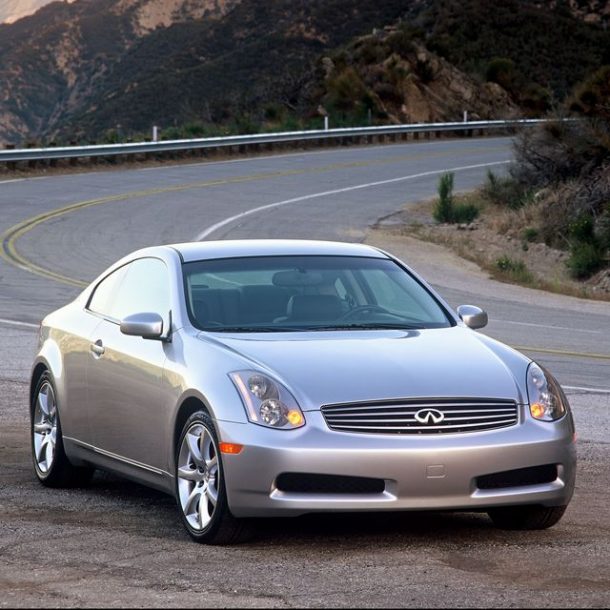
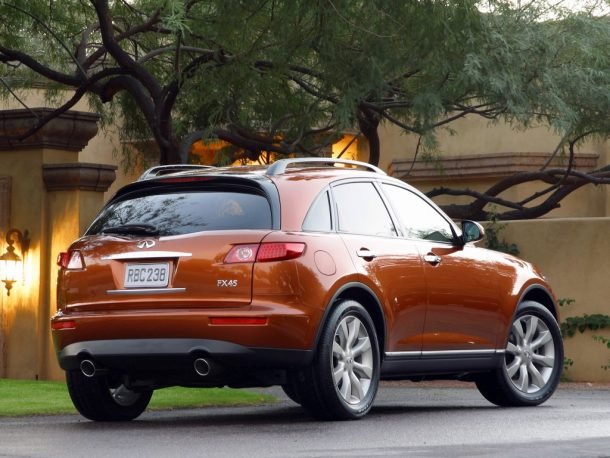
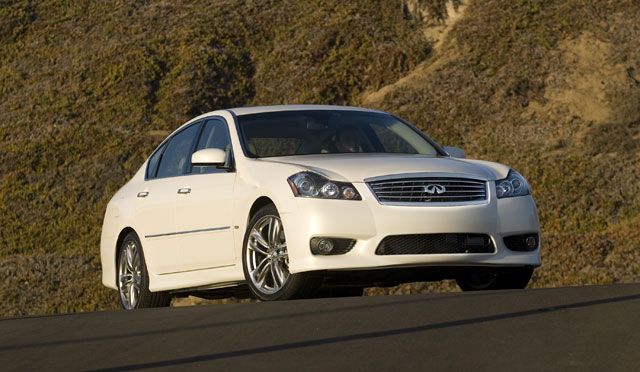

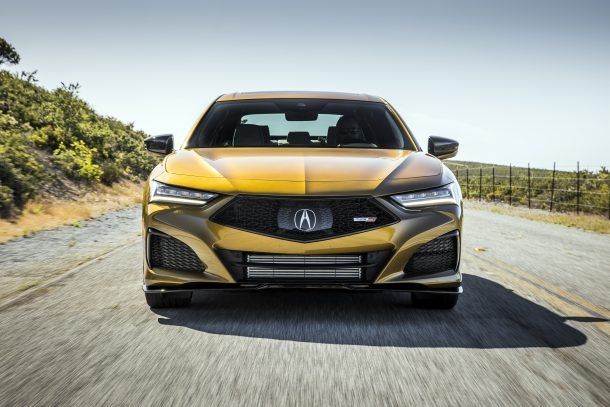
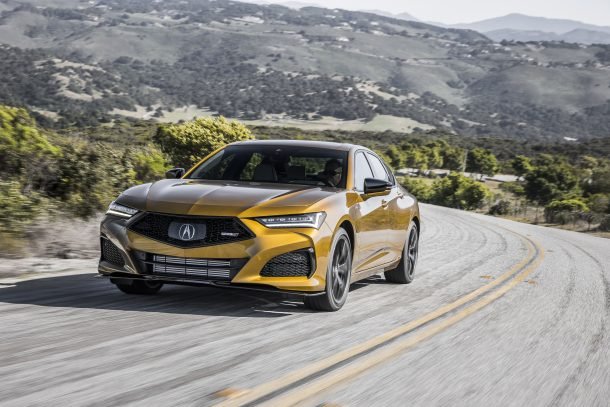
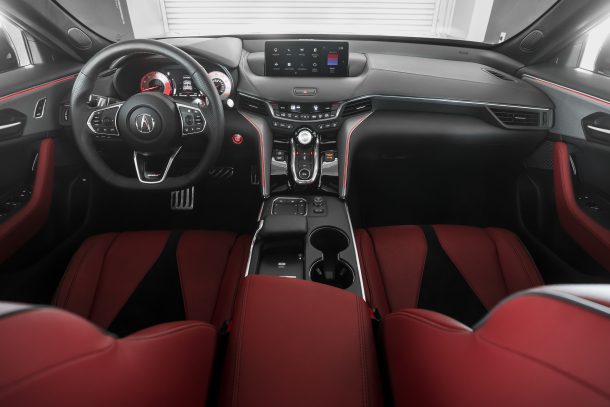
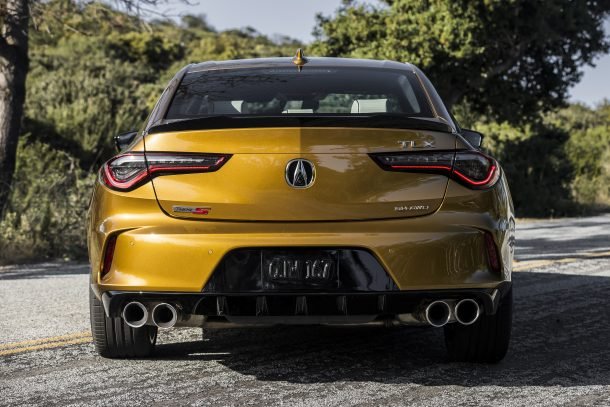


 Yesterday, Xiaomi released the Mi Mix Fold, a new foldable smartphone. Xiaomi’s entrance in this segment is notable beyond the foldable display. Xiaomi’s new flagship, it has 16GB of RAM and 512GB of storage. The first camera phone to use their Surge C1 chipset, it’s also the first to use liquid lens technology.
Yesterday, Xiaomi released the Mi Mix Fold, a new foldable smartphone. Xiaomi’s entrance in this segment is notable beyond the foldable display. Xiaomi’s new flagship, it has 16GB of RAM and 512GB of storage. The first camera phone to use their Surge C1 chipset, it’s also the first to use liquid lens technology.


